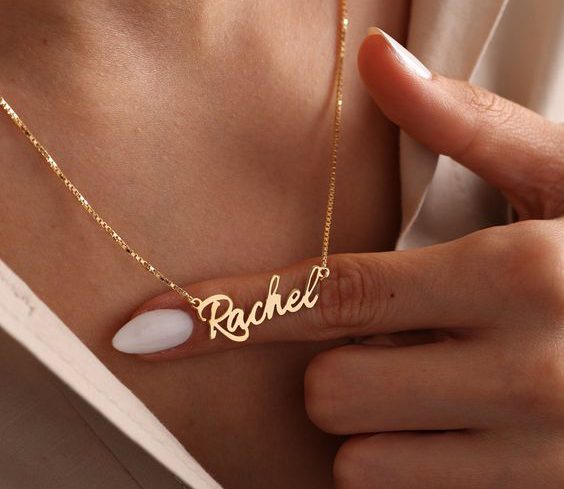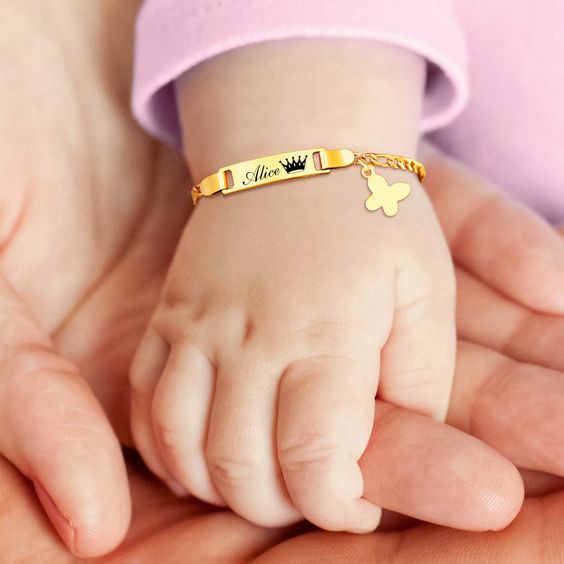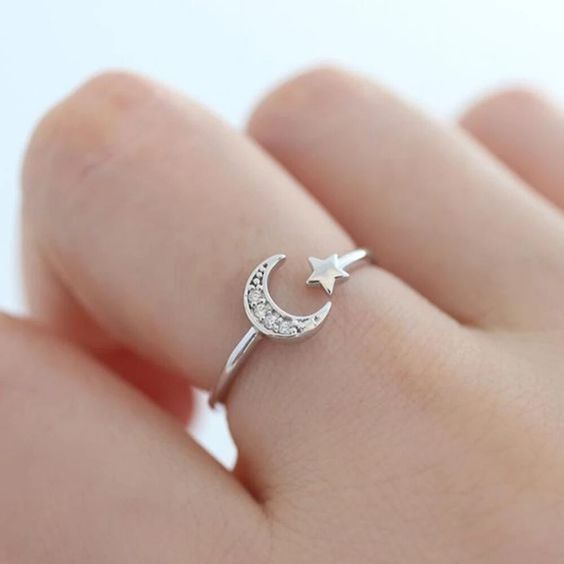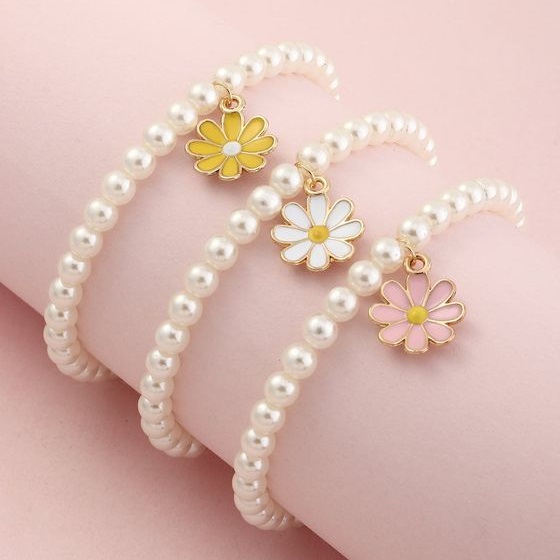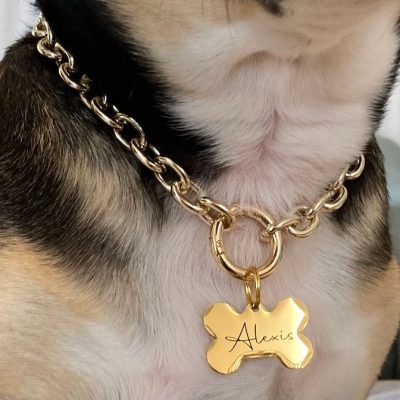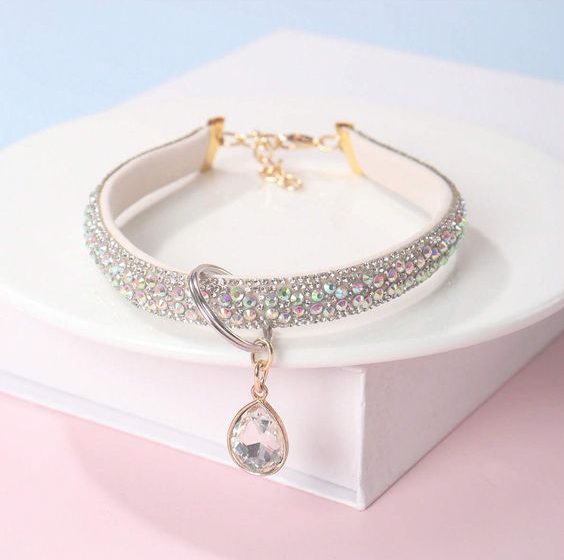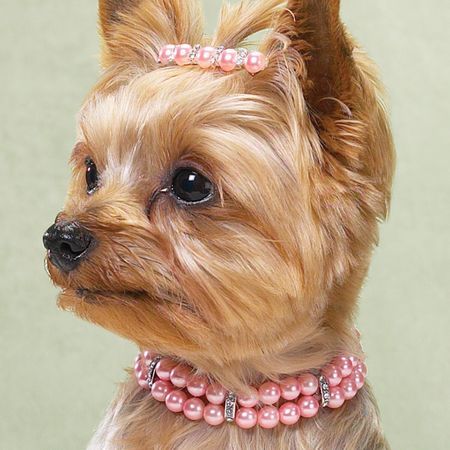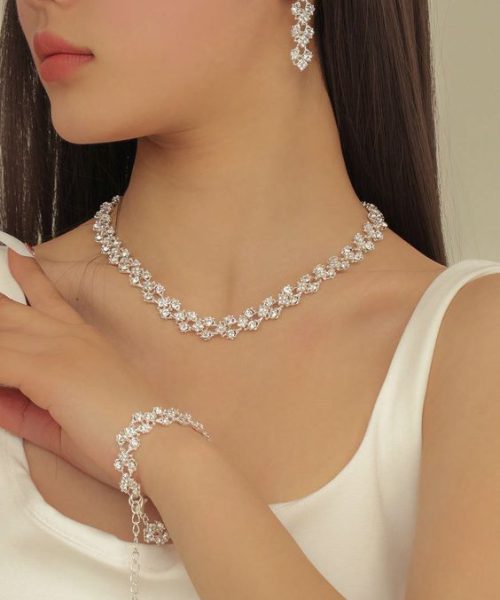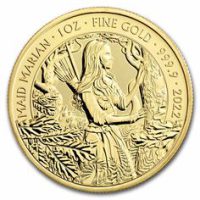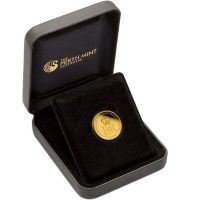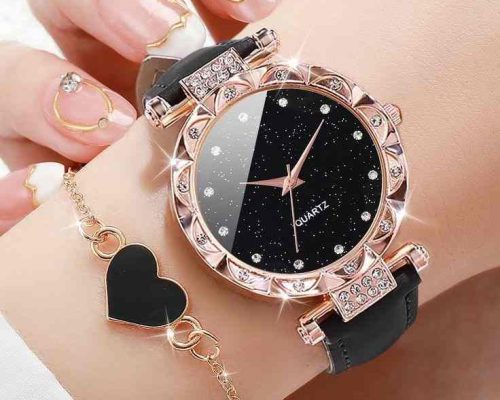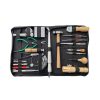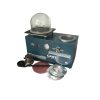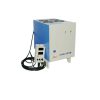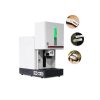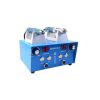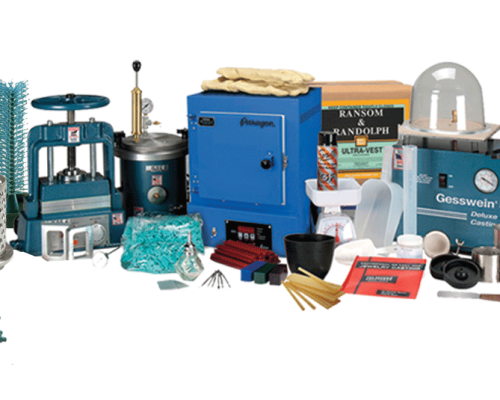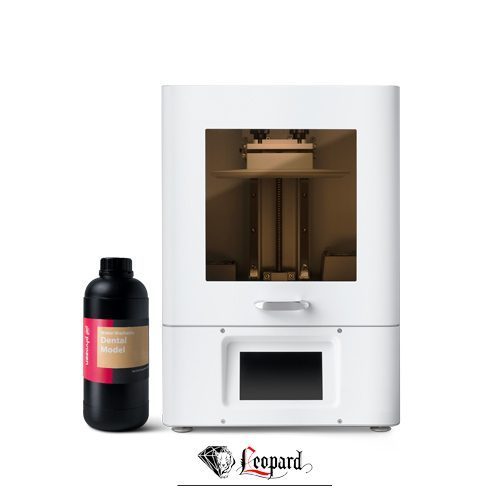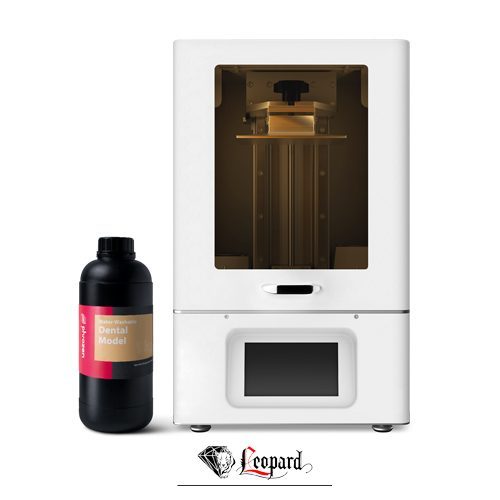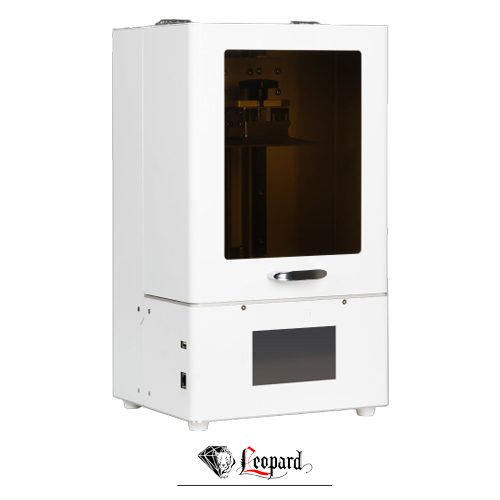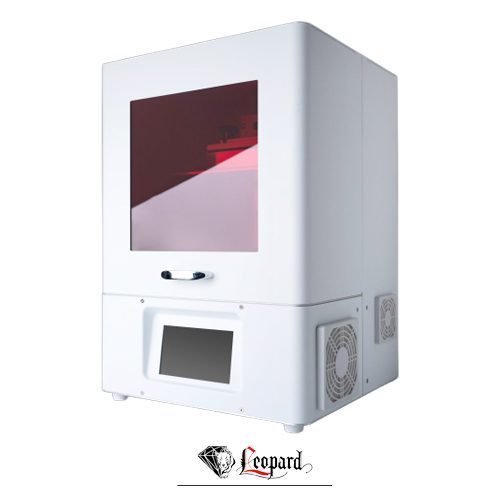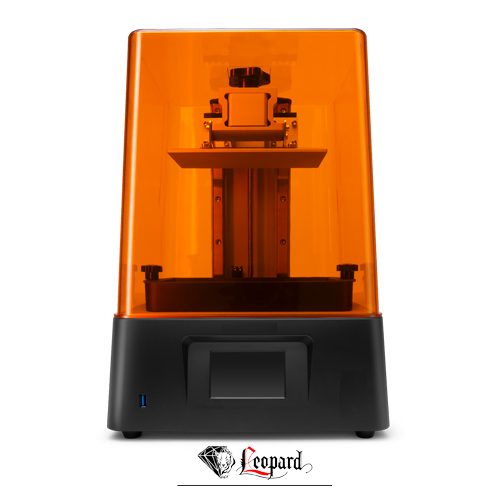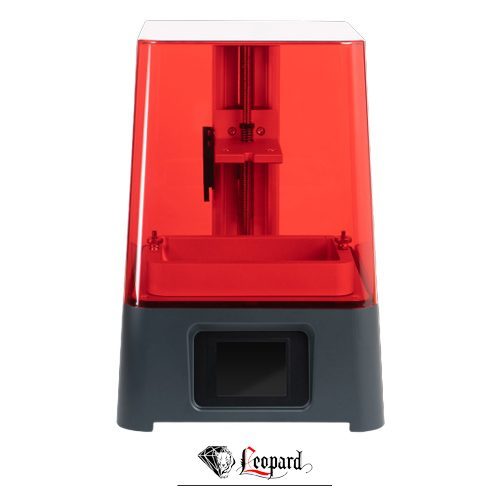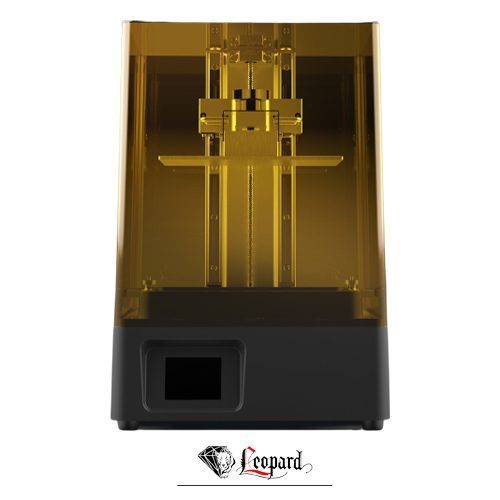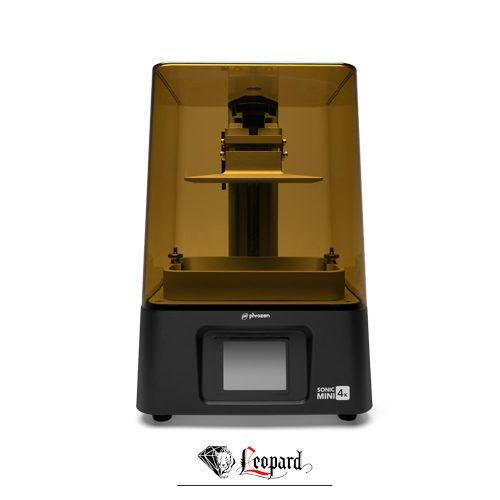What are the different types of 3D printing technologies and 3D printers?
The first thing you need to know is that “3D printing” is actually a term for “everything” that covers a range of additive technologies and manufacturing processes.
In total, there are ten different types of 3D printing technologies used by 3D printers today.
To increase your awareness and information, we will cover all ten 3D printing technologies and the processes associated with each, their applications, along with their strengths and limitations.
1. Fused deposition modeling (FDM)
Sometimes called Fused Filament Fabrication (FFF), it is a 3D printing technology that uses a process called material extrusion. Extrusion machines are the most available – and cheapest – of all types of 3D printing technology in the world today.
They work with a process in which a spool of solid thermoplastic material (PLA, ABS, PET) is loaded into a 3D printer. It is then driven by an engine through a heated nozzle and melted there. The extruder head of the printer then moves along certain coordinates and places the 3D printing material on a construction platform where the printer thread cools and solidifies to form a solid body.
When the layer is complete, the printer applies another layer and repeats this process until the object is fully formed. Depending on the complexity and geometry of the body, support structures are sometimes added, for example, if the body has sloping parts.
Common applications of FDM include electrical enclosures, form and fit tests, jigs and fixtures, and investment casting patterns.
The strengths of FDM are that it offers the best surface with full color and there are also several materials to use.
Limited due to fragility, so not suitable for mechanical parts. It also costs more than SLA / DLP.
2. Stereolithography (SLA)
It is the first 3D printing technology in the world. This device was invented by Chuck Hall in 1986. This method works with a 3D printing method called Vat polymerization, in which a material called photopolymer resin (standard, cast, transparent, high temperature) is selectively cured in a jar by a light source.
In particular, an SLA printer uses mirrors called galvanometers, in which one is on the X axis and the other on the Y axis. These gallons target the laser beam point across the resin chamber, selectively hardening a cross-section of the object in the construction area and layering it.
3. Digital Light Processing (DLP)
It is a 3D printing technology and is almost the same type of SLA machine. The main difference is that the DLP uses a digital light projector that flashes one image of each layer at a time – or multiple flashes for larger portions.
The light is emitted into the resin by LEDs or an ultraviolet (UV) light source such as a lamp. It is guided on the construction surface by a digital micro-mirror device (DMD), which is a set of tiny mirrors that control the location of light radiation and create a pattern of light on the building surface.
Because the projector is a digital screen, the image of each layer is made up of square pixels, so each layer is made up of small rectangular blocks called voxels.
DLP has faster print times than SLAs because each layer is exposed at once, rather than tracking the cross section of an area with a laser dot.
Common applications of SLA and DLP include: Injectable mold type polymer prototypes, jewelry, dental applications and hearing aids.
Their strengths are that they have fine feature details and a smooth surface.
They are limited due to their fragility, so they are not suitable for use as mechanical parts.
4. Laser spot welding (SLS)
It uses a 3D printing process called Power Bed Fusion. A bucket of thermoplastic powder (nylon 6, nylon 11, nylon 12) is heated below its melting point. Then, a wiper blade places a thin layer of powder – usually 0.1 mm thick – on the construction platform.
A laser beam begins to scan the surface, where it selectively “breasts” the powder, meaning that it solidifies the cross-section of the object. Like the SLA, the laser focuses on one location by a pair of gallons.
When the entire cross-section is scanned, the platform moves down a thickness from the height of the layer, and the whole process is repeated until the object is fully constructed. Non-sintered powder stays in place, holding the sintered body and eliminating the need for retaining structures.
Common applications of SLS include the manufacture of functional components, complex ducts that require hollow designs, and low-consumption production.
Its strengths are in the creation of functional parts, parts with good mechanical properties and complex geometries.
SLS is limited by the need for longer times and higher cost compared to FDM / FFF.
5. Material jetting (MJ)
Is a 3D printing technology that processes the process of the same name. It uses photopolymer resin (standard, casting, transparent, high temperature) and works in the same way as a conventional inkjet printer. The difference is that instead of printing one layer of ink, several layers are made on top of each other to create a solid body.
MJ with a variety
Other 3D printing technologies that differentiate building materials by depositing, scouring or curing sedimentation points are different. Instead, the printhead throws away hundreds of drops of photopolymer and dries them using UV light. Once a layer is deposited and cured, the thickness of the one-layer fabrication platform decreases, and this process is repeated until the 3D object is fabricated.
Another difference with 3D printing technologies is that instead of using a dot to follow the path that defines the cross-section, MJ machines deposit building materials in a fast and linear manner.
The advantage of this is that MJ printers can create multiple objects in a single line without affecting the build speed. As long as the models are properly spaced optimally, MJ can produce parts faster than other types of 3D printers.
Objects made with MJ need support during printing and are printed at the same time during the manufacturing process with soluble materials that are removed after post-processing. MJ is one of the only types of 3D printing technology that can create objects made of multiple materials and in full color.
6. Drop on demand (DOD)
It is a type of 3D printing technology that also uses the material eruption process. Uses a pair of inkjet. One precipitates waxy building materials, the other precipitates soluble support materials. Like other common types of 3D printing technology, the DOD printer follows a predetermined path for dropping material in a point deposit, creating the cross-section of an object layer by layer.
DOD printers also use something called a “fly-cutter” that checks the builder’s surface after each layer is created and ensures a perfectly smooth surface before starting the next layer.
Common applications for MJ and DOD are full-color product prototypes, injection-like prototypes, low-consumption injection molds, and medical models.
The strengths of the surface coating are the ability to use multiple materials and its full color.
Limitations include fragility, which makes it unsuitable for mechanical parts and more expensive than SLA / DLP.
7. Sand binder jetting
It is a 3D printing technology that uses the Binder Jetting process. This process is similar to SLS because it requires an initial layer of powder, in this case sand or silica, on the fabrication platform. The difference with SLS is that instead of using a laser for welding powder, a print head moves on the surface and deposits sticky droplets that bind the powder together and produce each layer of the body.
When a layer is printed, the build platform comes down and a new layer of powder is spread over the newly printed layer. This process is repeated until the object is complete.
For full-color models, objects are made using gypsum-based powder or acrylic powder with a liquid binder. The first print head throws the connecting agent while the second print head throws the color and allows the printing of the full color model.
After the parts are completely dry, they are removed from the loose powder without glue and cleaned. An impregnating material (fast curing resin for reinforcing 3D printing models) is often introduced to enhance mechanical properties. Coatings can also be added to enhance the color.
Sand Binder Jetting is a low cost technology for the production of parts, molds and sand casting cores. After printing, the cores and molds are removed from the construction site and cleaned, and any loose sand is removed. They are then prepared for immediate casting. After casting, the mold is separated and the final metal component is separated.
8. Metal Binder Jetting
Uses Binder Jetting to make metal objects. The metal powder is bonded using a polymer bonding agent. This allows the production of objects with complex geometries that go far beyond the capabilities of conventional manufacturing techniques.
Functional metal objects require a secondary process such as penetration, without which the part will have poor mechanical properties.
By penetration, the metal powder is bound by a bonding agent. After cooking, the body is placed in an oven, where the binder burns. This allows the object to remain at a density of about 60%, with cavities remaining throughout the burned adhesive.
Bronze is then added to the cavities by capillary action to penetrate, resulting in an object with a density of 90% and much greater strength. It should be noted that objects made by Metal Binder Jetting usually have lower mechanical properties than those made with fusion bed powder.
Common applications for Sand and Metal Binder Jetting include sand casting, functional metal parts, and full-color models.
Strengths include low cost and large construction plus functional metal parts.
One limitation is that the mechanical properties do not fuse well with the metal powder substrate.
After the parts are completely dry, they are removed from the loose powder without glue and cleaned. An impregnating material (fast curing resin for reinforcing 3D printing models) is often introduced to enhance mechanical properties. Coatings can also be added to enhance the color.
Sand Binder Jetting is a low cost technology for the production of parts, molds and sand casting cores. After printing, the cores and molds are removed from the construction site and cleaned, and any loose sand is removed. They are then prepared for immediate casting. After casting, the mold is separated and the final metal component is separated.
9. Direct metal laser sintering
(DMLS) and Selective laser melting (SLM)
3D printing technologies use Metal Powder Bed Fusion, a process that uses a heat source to melt metal particles in one layer at a time. Both objects are made in a similar way to SLS. The main difference between these technologies is in the production of metal parts instead of plastic. Common materials used include metal powder, aluminum, stainless steel and titanium.
DMLS is used to make parts from metal alloys. Instead of melting, DMLS heats the metal powder with a laser until it fuses at the molecular level.
SLM uses lasers to completely melt metal powder to form a homogeneous part, in other words, it makes parts from single-element materials such as titanium.
Also different from SLS, DMLS and SLM processes, they require structural support to limit the possibility of distortion that can be caused by the high temperatures used during printing.
10. Electron Beam Melting (EBM)
It also uses the process of fusion of metal powder bed. Unlike DMLS and SLM, instead of lasers, it uses the energetic beam of electrons to induce fusion between metal particles in a powder.
A focused beam of electrons scans a thin layer of powder, causing it to melt locally and solidify at a specific cross-section. Areas are then created to create a solid body.
Due to their higher energy density, EBM has a much better build speed than DMLS or SLM. Minimum feature size, powder particle size, layer thickness, and surface finish are generally larger with EBM.
Also, due to the nature of the process, EBM components must be made in a vacuum and can only be used with electrically conductive materials.
Common applications of these last three 3D printing technologies are metal parts used in the aerospace, automotive, medical and dental industries.
The strengths of making the strongest functional metal parts and the ability to produce complex geometries.
Limitations are high cost and small construction sizes.
3D printer description summary
You are now familiar with the seven different additive manufacturing processes that have led to the ten 3D printing technologies (and an astonishing number of acronyms!) That are used by 3D printers today.
Order and buy 3D printers
3dnium is a 3D printing company in Germany. Leopard Jewelry Workshop is the only exclusive representative of this company in the Middle East and sells all its products with a 1-year warranty and a 5-year warranty. To order and buy these special 3D printers with the latest technology, call our number and benefit from the advice of our experts.

































